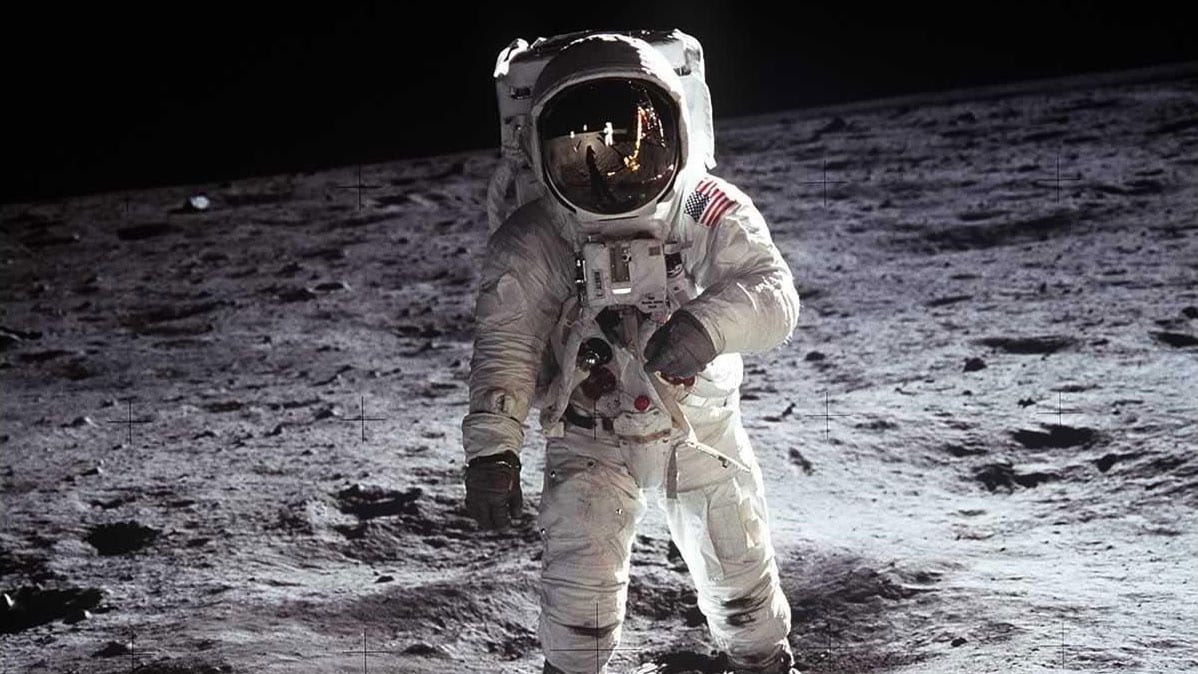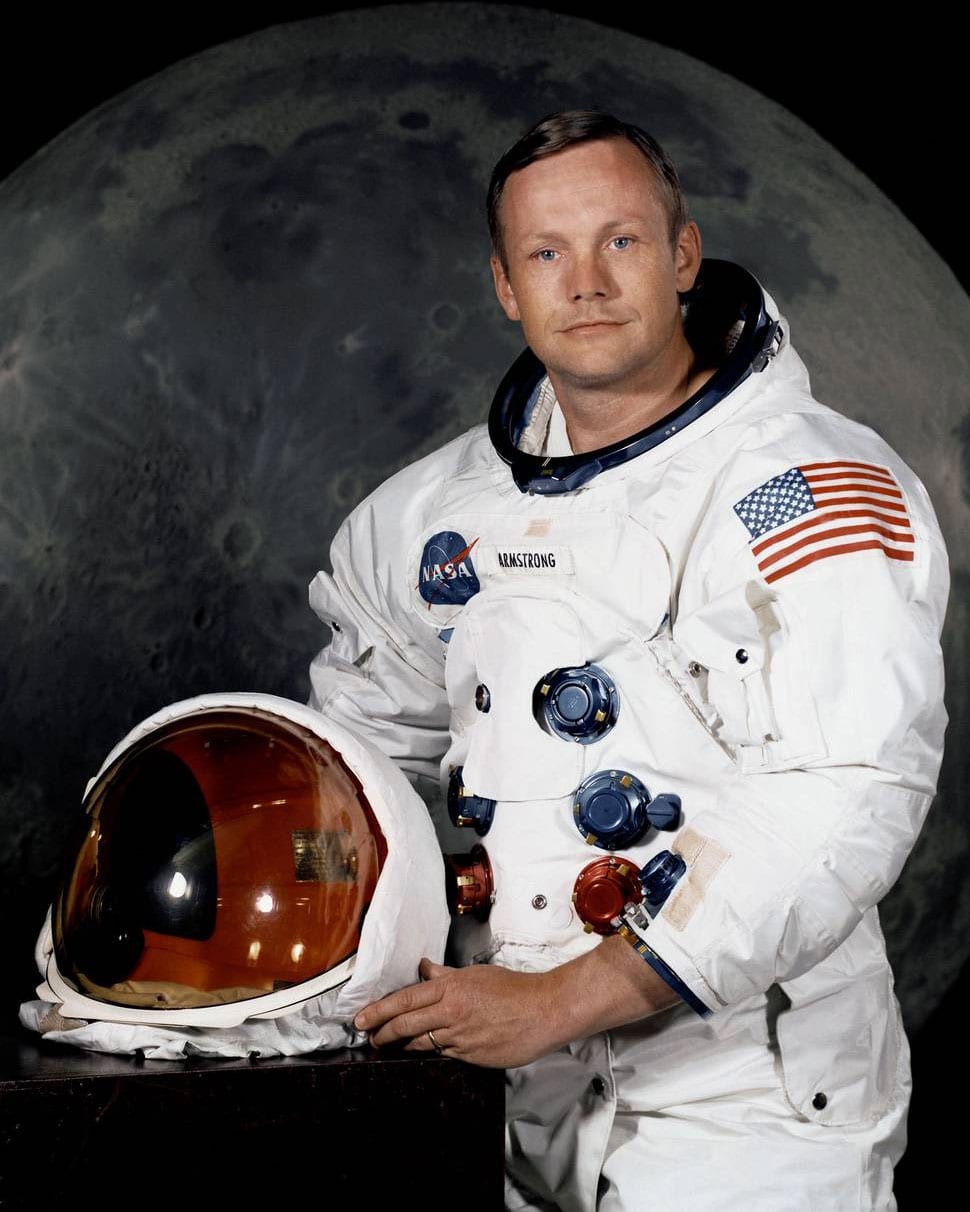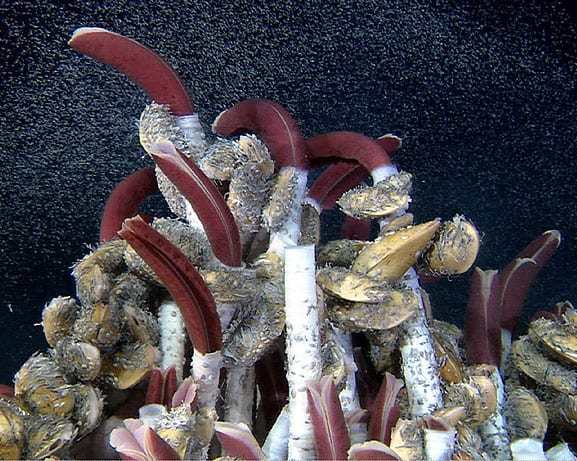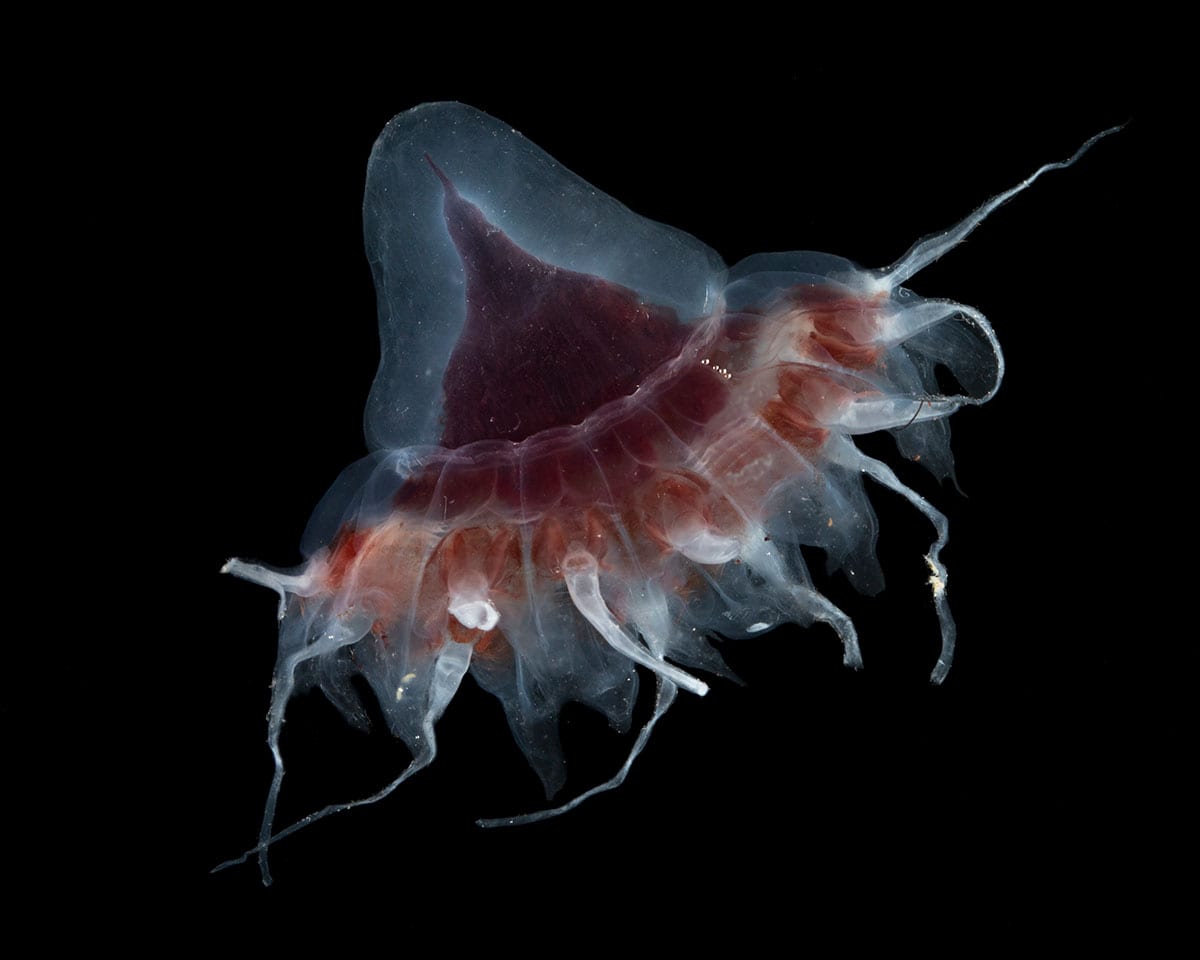WHOI Honors the 50th Anniversary of the Moonwalk
Published: July 19, 2019
July 19, 2019
Astronaut Buzz Aldrin, lunar module pilot, was part of was part of the first crew to land on the moon. Astronaut Neil A. Armstrong, commander, took this photograph with a 70mm lunar surface camera. (Image credit: NASA)

For much of our history, humans have been a seafaring species, driven to discover what lay just over the horizon. The same ambition to explore the ocean also pushed us into space and, 50 years ago, to send the first human to set foot on a planetary body beyond Earth.

This drive to explore the outer (and inner) reaches of space and sea is why the U.S. Navy chose to name WHOI’s newest research vessel after Neil Armstrong and its sister ship after Sally Ride. The names honor the link between astronauts who seek to learn more about what makes our planet a shining beacon of life and the people driven to explore the cold, alien environment of the deep ocean. The connection between exploration in space and in our oceans is why all of the space shuttles were named after famous sailing ships of discovery, including WHOI’s first research vessel, Atlantis.
Today, WHOI scientists are pushing ocean exploration even further by looking at life on the seafloor near hydrothermal vents and cold seeps. These areas can offer clues as to what life might look like when and if we ever find it beyond our home planet. In our ongoing pursuit of knowledge from the seafloor to the wavetops, we salute Armstrong’s momentous achievement in human history and we look forward to many more discoveries as we expand our horizons here on our planet, elsewhere in the solar system, and beyond.




